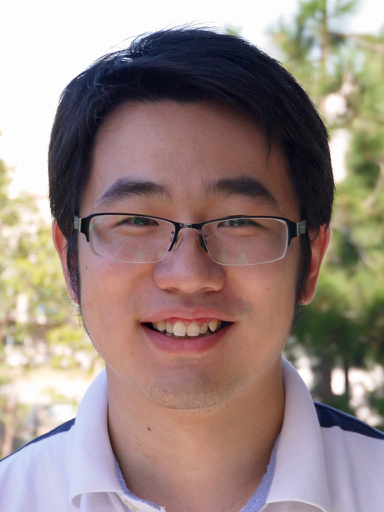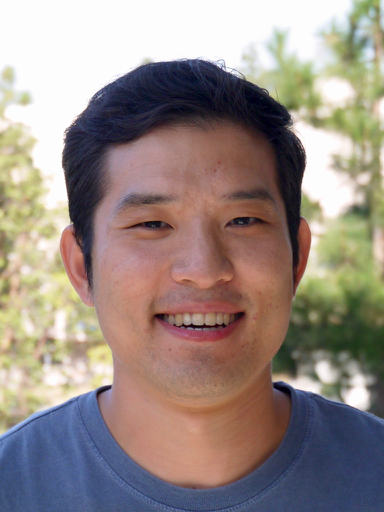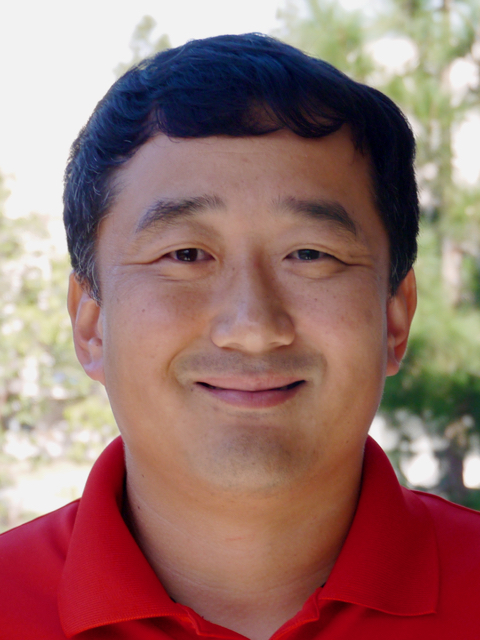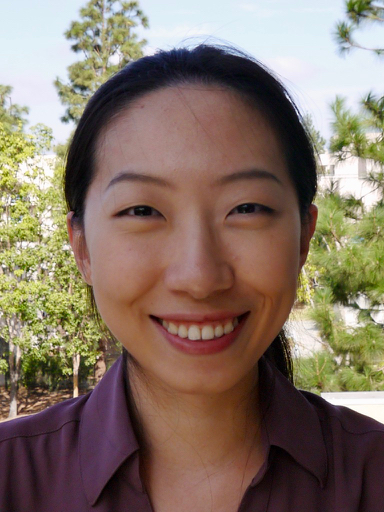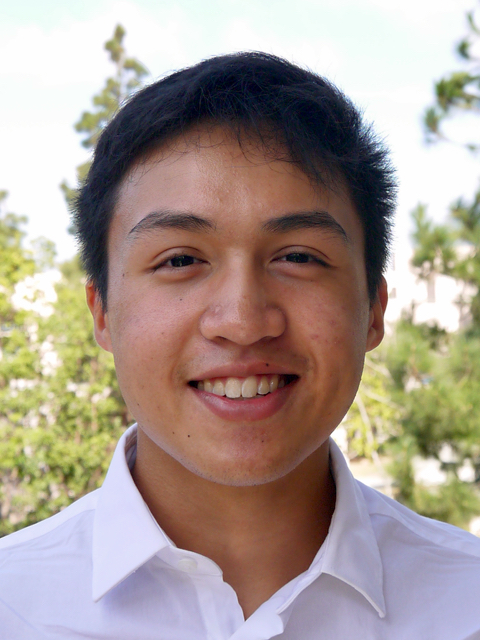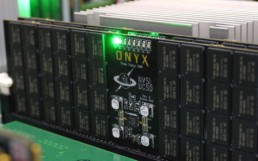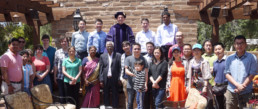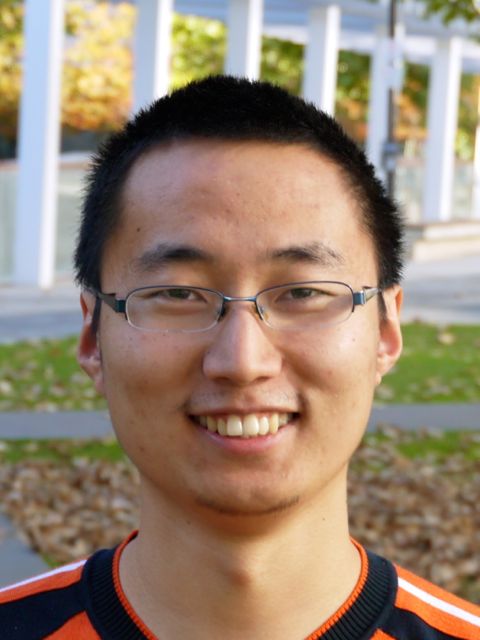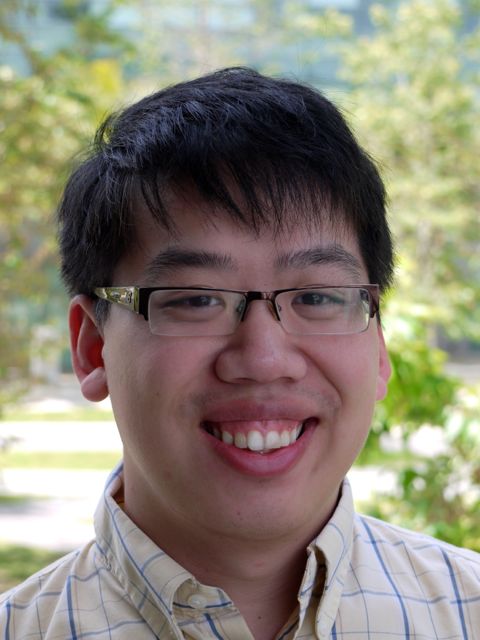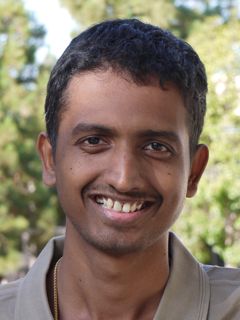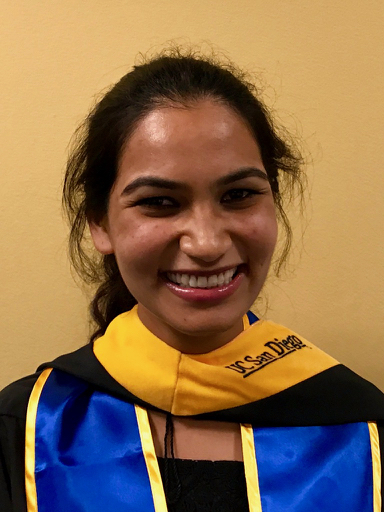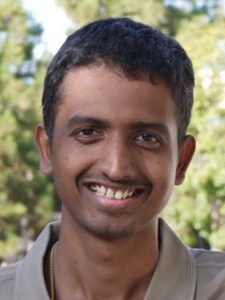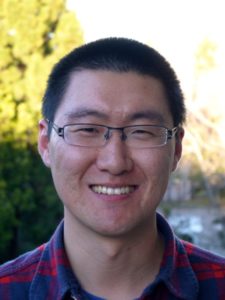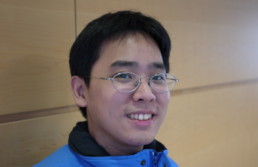Steven Swanson
Welcomes New Students and Visitors!
The start of the school year brings new faces to the NVSL. Juno Kim has just arrived from Yale as a new PhD student. Shengan Zheng and Jeff Kim are visiting for a year from Shanghai Jiao Tong University and Samsung, respectively. Finally, Ada Qu, Eric Perez, and Qingchen Dang have joined us as part of the ERSP program.
NOVA in the Linux Weekly News
The NOVA file system was recently written up in the Linux Weekly News.
NOVA's goal is to provide a high-performance, full-featured, production-ready file system tailored for byte-addressable non-volatile memories (e.g., NVDIMMs and Intel's soon-to-be-released 3DXpoint DIMMs). It combines design elements from many other file systems to provide a combination of high-performance, strong consistency guarantees, and comprehensive data protection.
A Vision of Persistence @ ACM SIGARCH Blog
For decades, memory systems have relied on DRAM for capacity, SRAMs for speed and then turned programmers loose with malloc(), free(), and pthreads to build an amazing array of useful, carefully tuned, composable, and remarkably useful data structures. However, these data structures have been transient — swept away by the next reboot or system crash. To build something that lasts, programmers have worked with clunkier interfaces — open(), close(), read(), write() — to access glacially slow spinning or, lately, solid-state disks.
But things are about to change.Read more
Graduation Party!
NVSL students family and friends joined newly minted Drs. Yang "Robert" Liu, Meenakshi Sundaram Bhaskaran, Michael Wei, and Yanqin Jin for lunch before the graduation ceremony. We were especially happy to have so mayn of their parents and family members in attenance.
Another NVSL alumn, Akshatha Gangadharaiah, was also in the graduation ceremony.
Best of luck to all of you, and thank you for all your hard work! We will miss you!
Presenting Drs. Bhaskaran and Liu!
Yang "Robert" Liu and Meenakshi Sundaram Bhaskaran successfully defended their dissertations on the 9th and 8th of December, respectively. Robert's work on "Systems and Algorithm Support for Efficient Heterogeneous Computing with GPUs" broke new ground in integrating GPUs and conventional processors. Sundaram, in the meantime, developed new ways of integrating non-volatile memories into systems at multiple levels with "Micro-Architecture and Systems Support for Emerging Non-Volatile Memories."
Robert is headed to Western Digital. Sundaram is setting off on a great (and secret) adventure.
We will miss you both, and wish you all the best!
Facebook Data Centers and the Open Compute Project
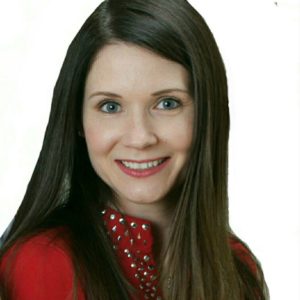
Facebook data centers handle traffic and store data for roughly one billion people per day. Designing the hardware and infrastructure needed to scale to this level has required significant innovation from the Facebook Infrastructure team. In this talk, I present some of the notable innovations in data center power, cooling, and server/storage design that make up our seven global data centers. I also present our approach at ensuring efficient resource utilization by our large software code bases. Most of our major hardware and software designs have been released through the Open Compute Project, ensuring that the Facebook philosophy of “making the world more open and connected” also applies to our research and engineering innovations.
Kim Hazelwood is an engineering manager in Facebook’s Infrastructure division, where she leads a performance analysis team that drives the data center server and storage roadmap. Her research interests include computer architecture, performance analysis, and binary translation tools. Prior to Facebook, Kim held positions including a tenured Associate Professor at the University of Virginia, Software Engineer at Google, and Director of Systems Research at Yahoo Labs. She received a PhD in Computer Science from Harvard University in 2004, and is the recipient of an NSF CAREER Award, the Anita Borg Early Career Award, the MIT Technology Review Top 35 Innovators under 35 Award, and the ACM SIGPLAN 10-Year Test of Time Award. She has authored over 50 conference papers and one book.
Hung Wei is a Professor at NCSU!
Our own Hung Wei Tseng has just started his new position at North Carolina State University. Hung Wei did his PhD at UCSD with Dean Tullsen and then joined my group as a post-doc.
Congratulations, Hung Wei!
![]()
NOVA Written up in Storage Mojo
Robin Harris, well-known storage blogger has put up a nice piece about NOVA and it's potential role in systems equipped with non-volatile main memory technologies like Intel's 3D XPoint. You can read about it here. Thanks Robin!

HPC Storage Systems: Serving Data to the Lunatic Fringe
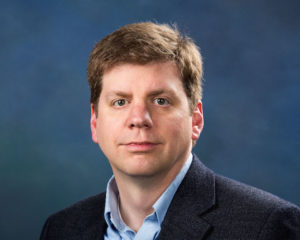
Before the popularity of big data infrastructure, the largest storage systems in the world were found almost exclusively within High Performance Computing (HPC) data centers. Although HPC storage systems are no longer the largest in terms of total capacity, they continue to address problems unique to simulation-based scientific inquiry. In this talk, Brad Settlemyer discusses why and how HPC storage systems differ from their commercial-world counterparts, how storage system research impacts the HPC data center, and the research and development efforts needed for HPC storage systems in the coming decade.
Brad Settlemyer is a storage systems researcher and systems programmer specializing in high performance computing. He received his Ph.D in computer engineering from Clemson University in 2009 and works as a research scientist in Los Alamos National Laboratory's HPC Design group. He has published papers on emerging storage systems, long distance data movement, network modeling, and storage system algorithms.
NVSL Releases NOVA, a File System for Non-volatile Main Memory
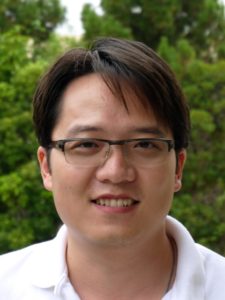
NOVA is a log-structured file system designed for byte-addressable, non-volatile memories. NOVA is fully POSIX compliant so that existing applications need not be modified to run on NOVA. NOVA bypasses the block layer and OS page cache, writes to NVM directly and reduces the software overhead.
NOVA combines a novel logging scheme and journalling to provide strong consistency guarantees, good scalability, and fast recovery time. NOVA maintains a private log for each iNode, allowing for concurrent accesses, updates, and recovery from system failures.
Andiry will present NOVA at the USENIX FAST conference in February.
Read the paper.

